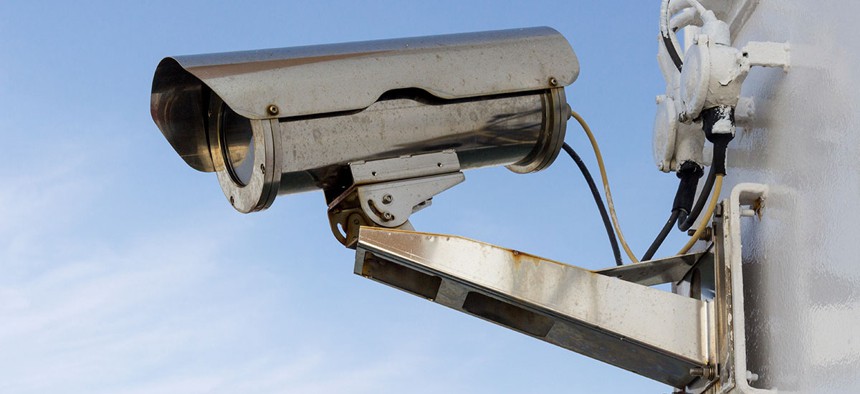Thousands of Security Cameras in the US Can Easily Be Hacked

OFC Pictures/Shutterstock.com
Many people never change the default passwords on their cameras or even go through the hassle of adding a password.
Home surveillance cameras are supposed to ease people’s fears when they’re away from home, but they bring their own security and privacy risks because they can be extremely easy to hack.
Many people never change the default passwords on their cameras or even go through the hassle of adding a password. This means their driveways, living rooms, nurseries, and all the other places they’re keeping an eye on from afar might also be carefully monitored by criminals or other unsavory characters.
New research from a security firm serves as a good reminder of how surveillance cameras can be easily exploited. In April, Protection 1, which recently merged with ADT, analyzed about 6,000 video streams from the largest known database of open surveillance feeds, to find out where these cameras are located in the U.S. (That database, insecam.org, says its mission is “to show the importance of the security settings.”)
Brandon Fleming, a marketing manager at Protection 1, says the motivation for this project stemmed from his own privacy concerns as a father of two young children.
“It’s one thing to value privacy,” he says. “It’s another thing to understand how to manage it, and that’s what I think and hope this [project] will really shed some light on.”
Here are the U.S. states and cities with the most number of unsecured cameras, according to the research.
The numbers are disconcerting, not just for people who own these cameras but for their guests as well.
“I’m probably not too happy if I’ve been hanging out at my buddy’s house on live TV all day,” says Fleming.
But it’s not just home systems at risk. More than a quarter of these unsecured cameras are of offices and buildings.
The database Protection 1 examined excluded unsecured feeds from baby monitors and intimate spaces like bedrooms, but those are also out there.
“At the end of the day, there’s a lot more exposure out there than we’re fully aware of,” says Fleming.
NEXT STORY: Why should feds care about blockchain?





